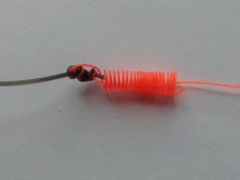Posts Tagged ‘trout’
{{start}}
{{end}}

{{+1}}UV cruncher{{-1}}
{{start}}
More of a class of fly than a fly in itself because you will find UV crunchers tied a all sorts of colours from black right through to dun colours and pale olives. I like this particular tie because it incorporates peacock herl which is one of my favourite fly tying materials.{{end}}
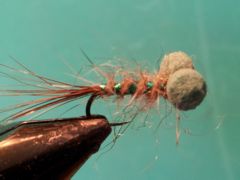
{{+1}}Hares ear booby{{-1}}
{{start}}
This is a nifty little fly that merges the hares ear nymph and the traditional booby both very high pedigree flies into one very useful loch fly. It also has a bit of flash about it which helps the fly fill an important role in my fly box for an attractor fly to use on my middle dropper when I loch style fish fish just before, through and after the trout spawning season.{{end}}

{{+1}}Sparkler{{-1}}
{{start}}
When a seriously flashy fly is needed because of visibility or you just need a fly to excite fish this fly may save the day.{{end}}
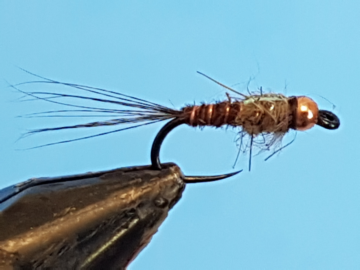
{{+1}}TBH flash back PTN{{-1}}
{{start}}
Jeremy Lucas was our river coach leading up to the 2012 World Fly Fishing Championships and was very keen on thinner flies for this early season competition. I think its a great interpretation of a classic fly and commend it for your consideration.{{end}}
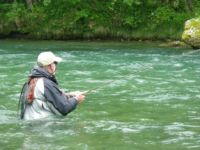
{{+1}}River set up for short & long leader nymphing – competitions{{-1}}
{{start}}
Over the last few years myself and most other competition fly fishers have to differing degrees come to grips with the French leader style of fly fishing. That technique for me had evolved into fishing a 9 meter Hends Camou leader. It was a good set up but for me it had severe limitations in anything but a windless day or a day with slight winds at your back.{{end}}
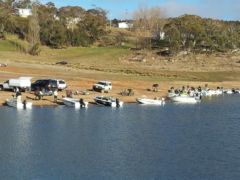
{{+1}}September 2012 – Competition fishing at Eucumbene{{-1}}
{{start}}
There was a lot of interest in this competition and a strong filed of competitors including 2 from Tasmania and 3 from Victoria as well as a number of Eucumbene specialists. The reason for the record number of registrations was no doubt the fact that the two sectors being fished were two of the 4 sectors to be fished in the 2012 National Fly Fishing Championships in November.{{end}}
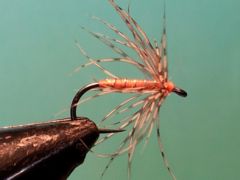
{{+1}}Partridge and orange spider{{-1}}
{{start}}
This is undoubtedly my "go to" spider. Fish all over the world seem to find orange a trigger colour and along with the buggy shape, the movement of the soft hackle in the water this fly often produce a hit. There is also the added benefit that they are so easy to tie. All river fly fishers should have a selection of English Spiders in their fly boxes.{{end}}
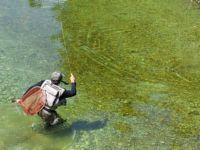
{{+1}}River fly fishing set ups for competitions – the “best of the best”{{-1}}
{{start}}
As I continue through my fly fishing journey it's not surprising that as my skill level has evolved and I have experimented with different river fly fishing set ups and systems that the techniques that I regard as the "best of the best" have changed.{{end}}
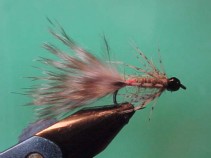
{{+1}}TBH hot butt caddis bugger{{-1}}
{{start}}
If your fishing in water with reasonably numbers of caddis your going to want to give this 3 cm bugger a swim. Caddis represent up to 70% of a trout's diet and whilst this fly is bigger than any caddis nymph I have seen trout love it. It is also a must tie on fly for discoloured water. You can fish it as a nymph but my preference is to fish it across, down and on the swing.{{end}}














